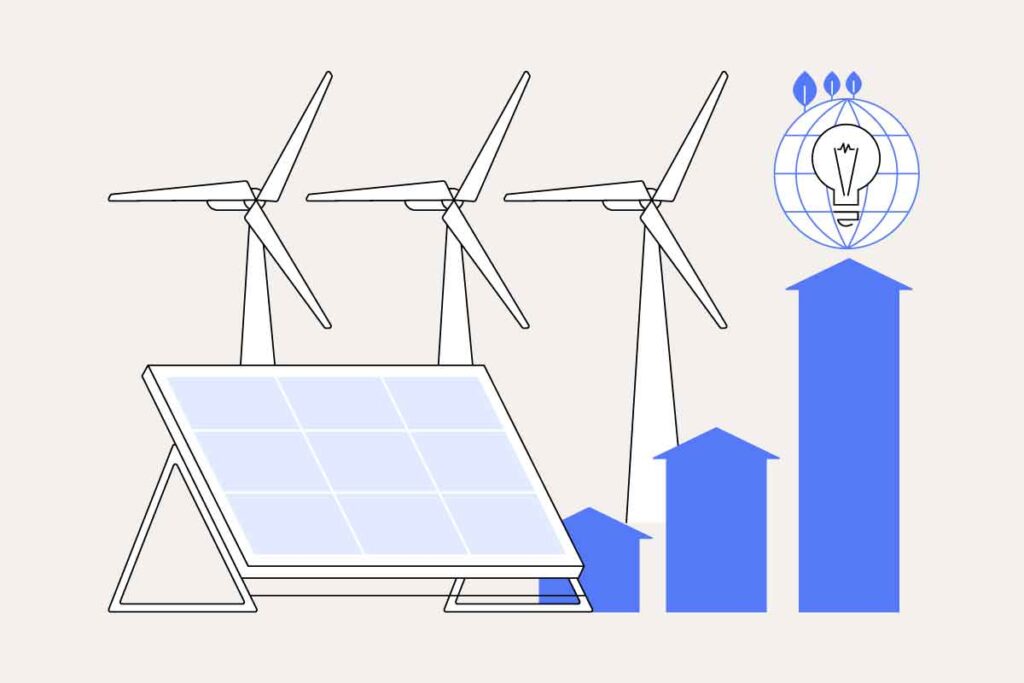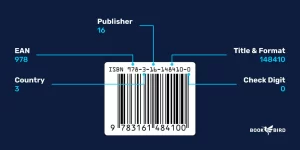Introduction: Why Understanding Your Business Electricity Rates Is a Game Changer
Running a business means wearing many hats—leader, problem solver, strategist, and yes, even energy manager. While it might not be the most exciting line on your balance sheet, your electricity bill holds hidden opportunities. Understanding business electricity rates is more than just comparing numbers—it’s about uncovering smarter ways to power your success.
In today’s climate, where every penny counts and sustainability matters, energy awareness can turn into a major competitive advantage. Whether you’re a startup or an established enterprise, this guide will walk you through everything you need to know about business electricity rates—without the jargon, just real talk.
What Are Business Electricity Rates?
Let’s start with the basics. Business electricity rates refer to the amount a company pays per kilowatt-hour (kWh) of electricity consumed. These rates are typically higher than domestic ones and are influenced by factors such as business size, location, and energy usage patterns.
Business electricity rates are tailored for commercial use, which means contracts are longer, more complex, and often come with conditions like minimum usage thresholds. Unlike households, businesses usually don’t benefit from standard price caps—making it even more important to choose the right plan.
Why Are They Different from Residential Rates?
You might be wondering, “Why do I pay more than I do at home?” That’s a fair question. The main reason is scale and timing. Businesses use more electricity and often during peak hours, which puts more demand on the grid. That higher load translates into higher costs.
Also, while homeowners typically have a single, simplified tariff, businesses can access a variety of contracts—fixed, variable, or flexible. But with great power (pun intended) comes great complexity. Understanding how these contracts work is key to unlocking savings.
The Key Factors That Affect Your Business Electricity Rates
1. Your Business Profile
Electricity providers calculate your rate based on your consumption pattern, industry type, and size. A factory operating 24/7 pays a different rate than a boutique open six days a week.
2. Your Location
Distribution costs vary across the UK. Some regions have higher infrastructure charges, which affect your final rate.
3. Market Trends and External Factors
Global gas prices, geopolitical tensions, and even extreme weather events influence the wholesale market—causing your business electricity rates to fluctuate more than you might expect.
Fixed vs. Variable Tariffs – What’s Right for You?
Fixed Tariffs: Peace of Mind
Fixed contracts lock in your unit rate for the duration of the agreement, usually 1 to 3 years. This provides certainty and protects against sudden market increases. However, you won’t benefit if prices fall.
Variable Tariffs: Flexibility at a Cost
Variable contracts follow the market. When prices dip, you save. But if they surge, so does your bill. It’s a gamble—and one that may not suit risk-averse businesses.
Choosing between fixed and variable often depends on your appetite for risk and your forecasting strategy.
The Common Pitfalls to Avoid
One of the biggest mistakes small businesses make is letting their contract auto-renew. When this happens, you’re often shifted to a “deemed” or rollover rate—usually much higher than standard.
Another trap is failing to monitor usage. Without clear data, you may be paying for unnecessary consumption or underestimating your future energy needs. Installing a smart meter can make a world of difference in tracking and managing usage.
The Green Shift: How Renewable Energy Affects Rates
Sustainability is no longer optional—your customers, partners, and even investors are watching. Many suppliers now offer green electricity tariffs for businesses that want to align with environmental goals.
Although green plans were once expensive, they’re now competitively priced and even subsidized in some regions. Choosing a renewable plan can improve your public image and sometimes reduce your energy levies, all while helping the planet.
Strategies to Lower Your Business Electricity Bills
Reducing your business electricity rates isn’t just about switching suppliers. It’s also about changing behavior. Here’s how:
-
Conduct an Energy Audit: Find out where energy is being wasted.
-
Upgrade Equipment: Energy-efficient machines may cost more upfront, but they pay off in the long run.
-
Educate Your Team: Simple actions like turning off lights or unplugging devices can make a big impact.
Also, consider scheduling energy-heavy operations during off-peak hours if your tariff supports time-based pricing.
When and How to Switch Providers
Timing your switch can lead to better deals. The best time to switch is often three to six months before your current contract ends. Waiting until the last minute may lock you into a costly default tariff.
When shopping around, use business energy comparison tools, or work with a broker who can help tailor your plan. Always check for hidden fees, and ensure you get written confirmation of all terms.
Conclusion: Small Changes, Big Impact
Your energy strategy doesn’t have to be complex. With a little knowledge and some forward planning, you can take charge of your business electricity rates, lower your expenses, and make more room for growth.
At the end of the day, electricity is more than a utility—it’s an investment. Make sure it’s working for you, not against you.





